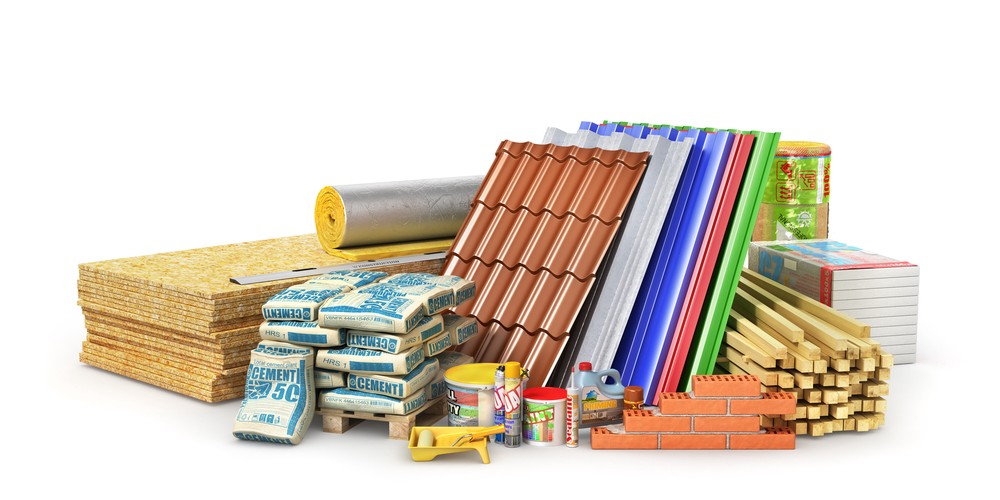From Waste to Wonder: Exactly How Recycled Compounds Are Transforming Numerous Applications
As industries worldwide are progressively focusing on sustainability and environmental responsibility, the use of recycled composites has actually arised as a transformative service throughout numerous sectors. From improving the efficiency of auto components to providing lasting choices in construction materials, the applications of recycled compounds are substantial and promising. By repurposing waste products right into cutting-edge composite structures, producers are not just reducing their environmental footprint but likewise unlocking a realm of opportunities for developing sturdy, reliable, and green products. The implications of this change in the direction of reused composites are extensive, heralding a new era of sustainable methods and technological advancements that are improving markets in unforeseen means (composites).
The Surge of Recycled Compounds
The enhancing fostering of recycled compounds in different industries mirrors an expanding recognition of their environmental and economic advantages. Recycled composites, originated from products such as redeemed carbon fiber or recycled plastics, provide a sustainable choice to standard products without jeopardizing on performance. Industries varying from automobile and building and construction to aerospace and durable goods are increasingly transforming to recycled compounds to meet their manufacturing needs.
One trick driver behind the increase of recycled composites is the press towards sustainability and eco-friendliness. Firms are under raising stress to reduce their carbon footprint and reduce waste generation. Recycled composites provide a remedy by making use of products that would certainly otherwise finish up in garbage dumps, therefore advertising a round economic climate.
Additionally, the economic benefits of utilizing recycled composites can not be disregarded. These materials are commonly extra cost-efficient than their virgin counterparts, using firms a means to lower production costs without compromising top quality. As improvements in recycling innovations proceed to boost, the adoption of recycled composites is anticipated to further rise across varied sectors.
Benefits in Automotive Market

Sustainable Solutions in Building
Including lasting techniques in building tasks is necessary for reducing ecological influence and advertising long-term feasibility in the built setting. With the construction industry being among the largest contributors to carbon emissions and waste generation globally, the fostering of lasting remedies is critical in reducing these unfavorable impacts. Recycled compounds are playing a significant role in changing building and construction methods by providing a much more environmentally friendly alternative to standard building materials.
Recycled composites, originated from products such as recovered plastic, rubber, and timber, provide a sustainable alternative for numerous construction applications. These products not only aid in lowering waste but also supply sturdiness, adaptability, and stamina comparable to standard construction materials. By integrating recycled composites into building designs, building projects can contribute to resource preservation and power efficiency while keeping high performance requirements.
Moreover, the use of recycled compounds in construction aligns with the growing need for eco-friendly structures and lasting framework. As environmental laws come to be stricter and the focus on sustainability magnifies, the construction industry is progressively transforming to recycled composites as a viable service for developing eco-conscious structures and frameworks.
Eco-Friendly Innovations in Product Packaging
Biodegradable products such as mushroom packaging, seaweed-based movies, and compostable plastics supply promising options to the plastic air pollution crisis. These innovative materials not just disintegrate naturally, lowering ecological influence, but also offer similar functionality and sturdiness to traditional packaging this hyperlink choices.
Moreover, improvements in innovation have resulted in the development of clever product packaging solutions that extend product service life and decrease food waste. Time-temperature indicators, oxygen scavengers, and antimicrobial product packaging assistance maintain product quality and quality, making sure a longer service life without the requirement for harmful chemicals. In addition, the integration of recycled products right into product packaging production procedures additionally boosts sustainability initiatives. By integrating post-consumer recycled material, companies can minimize the demand for virgin products, preserve natural deposits, and advertise a circular economic situation in the packaging industry. These environment-friendly innovations in product packaging not only profit the environment but additionally reverberate with customers that are progressively looking for lasting items.
Changing Textiles With Recycled Composites
In the realm of lasting materials, the emphasis now moves towards transforming textiles with the ingenious use of recycled composites. This advancement in textile manufacturing is driven by the pushing demand for even more environmentally friendly methods in the style and fabric industries. Recycled composites offer a promising option by combining materials like plastics, carbon fiber, and glass fiber to create durable and functional fabrics.
Among the key benefits of making use of recycled compounds in fabrics is the capacity to repurpose waste materials that would certainly or else wind up in garbage dumps. By incorporating recycled aspects right into fabrics, manufacturers can reduce their ecological effect and add to an extra round economic situation - composites. Furthermore, textiles made from recycled compounds usually display boosted efficiency, strength, and longevity characteristics, making them excellent for a vast array of applications
As customer demand for lasting items remains to climb, the fostering of recycled composites in fabrics is poised to grow considerably. This change towards more ecologically friendly fabric manufacturing not just profits the like this earth yet also opens up new opportunities for development and imagination in the fashion and fabric markets.
Conclusion

From boosting the performance of vehicle components to supplying lasting choices in building and construction products, the applications of recycled composites are encouraging and vast. Recycled compounds, obtained from products such as recovered carbon fiber or recycled plastics, use a lasting choice to over here standard products without compromising on performance. Furthermore, the usage of recycled compounds advertises the circular economic climate by diverting waste from garbage dumps and lowering the need for virgin raw products - composites.Recycled composites, acquired from products such as reclaimed plastic, rubber, and timber, provide a sustainable choice for numerous building and construction applications.In the world of lasting products, the emphasis currently moves towards changing fabrics with the ingenious use of recycled compounds